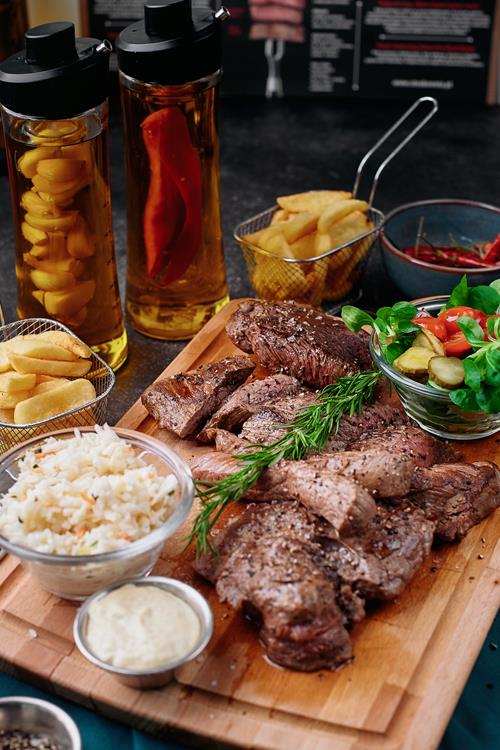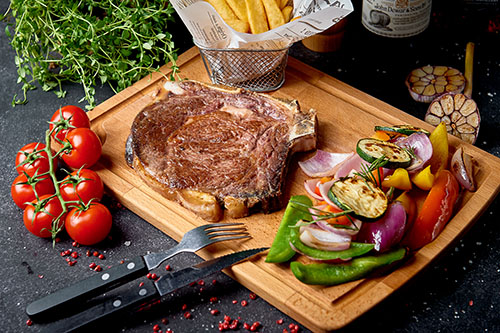The most expensive muscle, which is unmatched in its fragility and softness. We can divide it into two parts, fillet mignon (from French: cuddly, favorite) and Chateaubriand (from the name of a French writer who loved this part of the tenderloin). For this part of the meat, we recommend ordering rare or medium rare.


